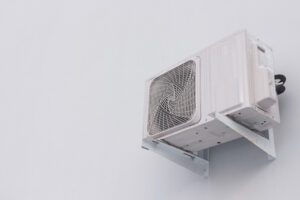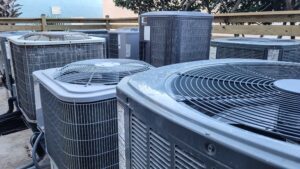When it comes to heating and cooling your home, homeowners are constantly seeking efficient and flexible solutions. One such option gaining popularity is the mini split system. This article delves into what a mini split system is, how it operates, its advantages and potential drawbacks, and whether it’s the right choice for your specific needs.
Understanding Mini Split Systems
Mini split systems are innovative heating and cooling solutions that consist of two main parts: an outdoor condenser unit and one or more indoor air handling units. Unlike conventional central air conditioning systems, mini splits allow for zoned climate control within a home.
This type of system is often ductless, which means it doesn’t require extensive ductwork to distribute air. Instead, the outdoor unit cools or heats the refrigerant, which is then sent directly to the indoor units via small conduits. This makes mini splits an appealing option for homes without existing ductwork or those looking to add air conditioning to specific areas.
What is a Mini Split System?
A mini split system is essentially an air conditioning system without ducts. It typically consists of an outdoor compressor unit connected to one or more indoor units. The design enables homeowners to create individual temperature zones in different rooms, providing customized comfort without relying on a centralized HVAC system.
These systems are ideal for various applications, including residential homes, small apartments, and even commercial spaces. They are increasingly popular because they offer a compact and efficient way to control indoor climates. Additionally, many mini split systems come equipped with advanced filtration systems that can improve indoor air quality by reducing allergens and pollutants, making them particularly beneficial for allergy sufferers and those with respiratory issues.
How Does a Mini Split System Work?
In essence, mini split systems function similarly to traditional air conditioning systems but with a few key differences. After the refrigerant is cooled or heated in the outdoor unit, it is pumped through insulated lines to the indoor units. Here, the refrigerant absorbs heat from the indoor air in cooling mode or releases heat when heating is required.
The system uses inverter technology to regulate the compressor’s speed, allowing for more precise control of indoor temperatures and improved energy efficiency. Users can adjust settings for each indoor unit, making it possible to tailor the environment to individual preferences. Furthermore, many modern mini split systems offer smart technology integration, enabling users to control their heating and cooling remotely through smartphone apps. This feature not only adds convenience but also allows for energy savings by optimizing usage based on occupancy patterns.
Evaluating Your Home’s Cooling and Heating Needs
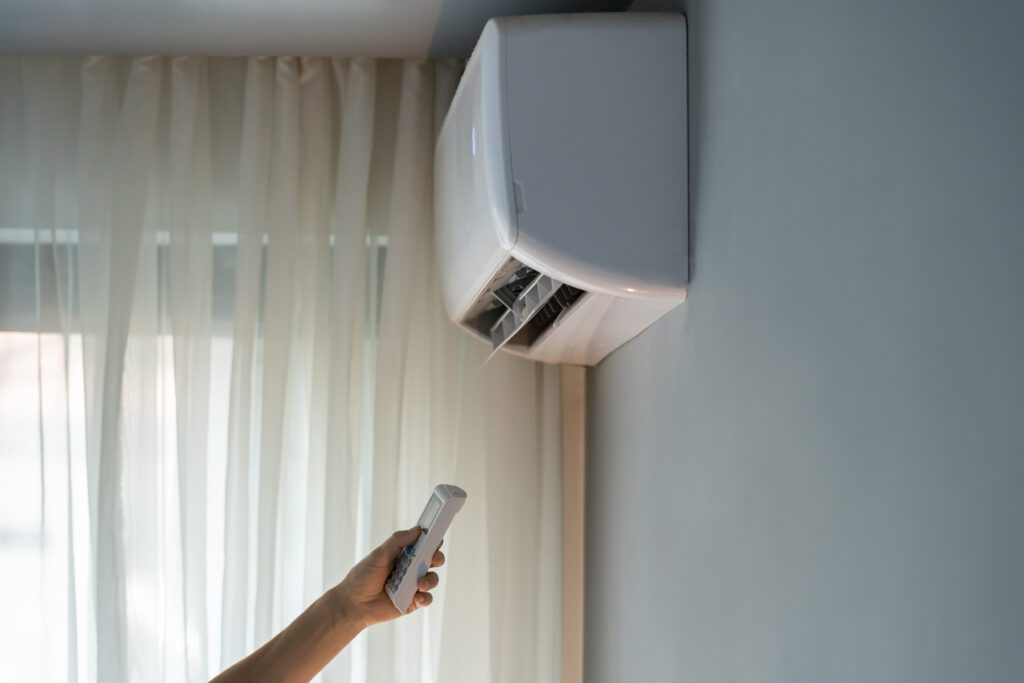
Before deciding if a mini split system is suitable for your home, it’s essential to evaluate your current heating and cooling needs. This involves assessing your existing HVAC system and identifying any unique requirements your home may have.
Understanding these factors will help in making an informed decision about whether to invest in a mini split system or stick with your existing HVAC solutions.
Assessing Your Current HVAC System
The first step in evaluating your home’s needs is to take a good look at your current HVAC system. Consider aspects such as age, efficiency, and performance. An older system may struggle to provide adequate heating or cooling, leading to discomfort and higher energy bills.
If your existing system requires frequent repairs or is simply not delivering the desired results, a mini split system could be a viable alternative, ultimately providing better efficiency and comfort. Moreover, it’s important to check the SEER (Seasonal Energy Efficiency Ratio) rating of your current system. A higher SEER rating indicates better energy efficiency, which can translate to lower utility costs. If your system falls below the recommended SEER rating for your region, it may be time to consider an upgrade.
Identifying Your Home’s Unique Requirements
Every home is different, which means heating and cooling needs can vary significantly. Factors such as size, layout, insulation quality, and climate will influence the decision to install a mini split system. For instance, homes with large open spaces may benefit from multiple indoor units to distribute air effectively.
Additionally, consider whether certain rooms are used more frequently than others. A mini split system allows you to focus on cooling or heating specific areas, making it a potentially more efficient and cost-effective solution for your home. Furthermore, if you have areas that are particularly challenging to heat or cool, such as sunrooms or basements, a mini split can provide targeted climate control. This flexibility not only enhances comfort but also contributes to energy savings, as you can avoid conditioning unused spaces. Moreover, the zoning capabilities of mini split systems allow for personalized settings in different rooms, catering to individual preferences and maximizing overall satisfaction in your living environment.
Advantages of Mini Split Systems
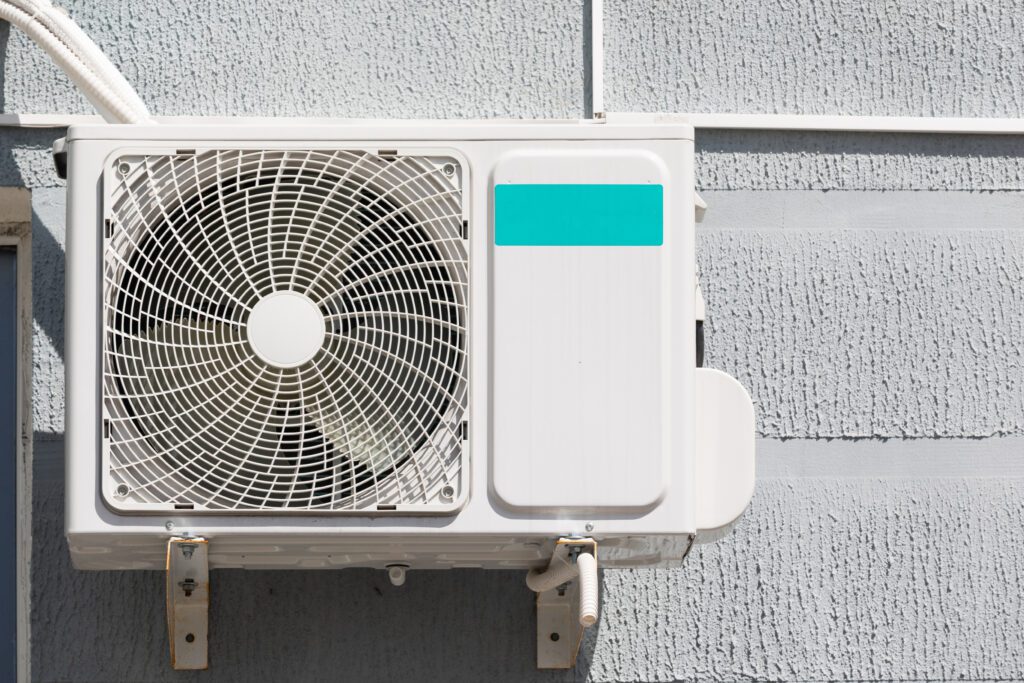
Mini split systems bring a range of benefits that appeal to homeowners seeking flexibility, energy efficiency, and improved air quality. Understanding these advantages can help clarify whether a mini split system is the right choice for your home.
Energy Efficiency and Savings
One of the standout features of mini split systems is their energy efficiency. By providing targeted heating and cooling, these systems use significantly less energy than traditional HVAC systems, which often expel cool or warm air through ducts.
According to studies, mini splits can achieve energy efficiency ratings as high as 30 SEER (Seasonal Energy Efficiency Ratio), meaning they can save homeowners a considerable amount on energy costs. The inverter technology used in these systems adjusts the energy consumption based on the current outdoor temperatures, further ensuring savings. This adaptability not only helps in reducing utility bills but also minimizes the carbon footprint of your home, making it a more environmentally friendly option.
Flexibility and Convenience
Mini split systems offer homeowners unparalleled flexibility. With multiple indoor units, each can be independently controlled to suit the needs of the occupants in each room. This feature is particularly beneficial for families with varying preferences for temperature settings or for homes with rooms used infrequently.
The installation process for mini splits is also less invasive than installing a conventional HVAC system, which can involve extensive ductwork. This flexibility can be especially advantageous for home remodels or additions, allowing for efficient climate control without significant structural changes. Additionally, mini split systems can be installed in spaces where traditional systems are impractical, such as in attics, basements, or even converted garages, providing comfort in previously neglected areas of the home.
Improved Air Quality
Another significant advantage of mini split systems is the potential for improved indoor air quality. With traditional ducted systems, dust, allergens, and pollutants can accumulate in the ductwork, circulating throughout your home every time the system operates.
In contrast, mini split systems have an air filter in each indoor unit, reducing the chance of airborne contaminants entering your living space. Regular filter changes can keep the air fresh and contribute to a healthier indoor environment. Furthermore, many modern mini split systems come equipped with advanced filtration technologies, including HEPA filters, which can capture even the smallest particles, such as pollen and pet dander, ensuring that the air you breathe is as clean as possible. This is especially beneficial for individuals with allergies or respiratory issues, as it creates a more comfortable and health-conscious living space.
Potential Drawbacks of Mini Split Systems
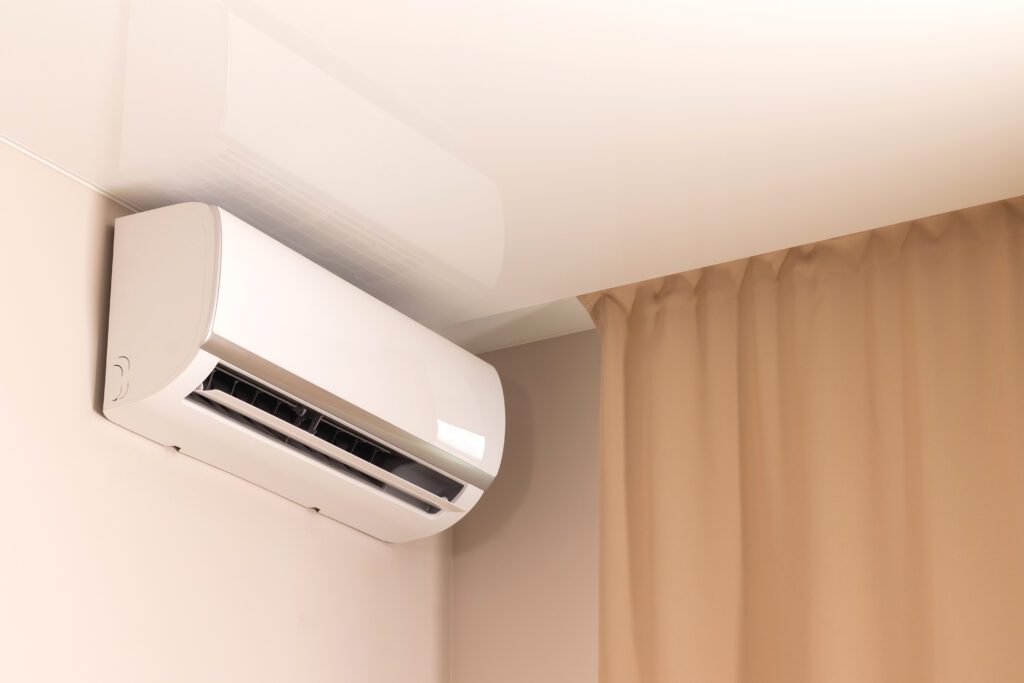
While mini split systems come with numerous advantages, there are also potential drawbacks that homeowners should consider. Understanding these limitations can help in weighing the overall viability of this option for your home.
Initial Installation Costs
One of the most significant drawbacks of mini split systems is their initial installation costs. Although these systems can save money on energy bills over time, the upfront expense for equipment and installation can be higher than conventional systems.
Homeowners may find that they need to budget accordingly for the purchase and installation process, which could require professional labor depending on the complexity of the setup. Additionally, if your home lacks existing ductwork, the installation of a mini split system may involve more extensive modifications, further driving up costs. This financial consideration can be a deterrent for some, particularly those on a tight budget or in need of immediate HVAC solutions.
Aesthetic Considerations
Some homeowners may also be deterred by the aesthetic impact of indoor units. These units are typically mounted on walls and, depending on the design and décor of your home, may not blend seamlessly into your interiors.
While some brands offer sleek designs and unobtrusive mounting options, others might find it challenging to integrate the air handlers aesthetically. This concern could lead homeowners to hesitate in opting for mini split systems if visual appearance is a priority. Moreover, the placement of these units can sometimes obstruct furniture arrangements or wall art, prompting homeowners to rethink their interior design plans to accommodate the system.
Maintenance and Longevity Concerns
Like any HVAC system, mini splits require regular maintenance to operate efficiently. While maintenance demands are generally manageable, neglecting regular cleaning and servicing can lead to decreased performance and a shorter lifespan for the equipment.
Homeowners should consider the time and effort required for routine checks on filters and coils to ensure longevity. It’s also important to factor potential costs for long-term upkeep in decision-making. Some users may also find themselves needing to hire professionals for more complex maintenance tasks, which can add to the overall expense. Furthermore, as technology evolves, older models may become less efficient or harder to repair, leading to concerns about the longevity of the investment.
Noise Levels
Another aspect that potential buyers should consider is the noise levels associated with mini split systems. While many modern units are designed to operate quietly, some models can produce noticeable sounds during operation, especially when the compressor kicks in or when the system is running at higher speeds. This can be particularly disruptive in quiet environments, such as bedrooms or home offices, where peace and concentration are paramount.
Homeowners may need to carefully select models that prioritize noise reduction and consider the placement of indoor units to minimize sound disturbances. Additionally, if multiple indoor units are installed throughout the home, the cumulative noise could become more pronounced, leading to potential discomfort for residents. Understanding the decibel levels of different units can help mitigate this concern and ensure a more comfortable living environment.
Making the Decision: Is a Mini Split System Right for You?
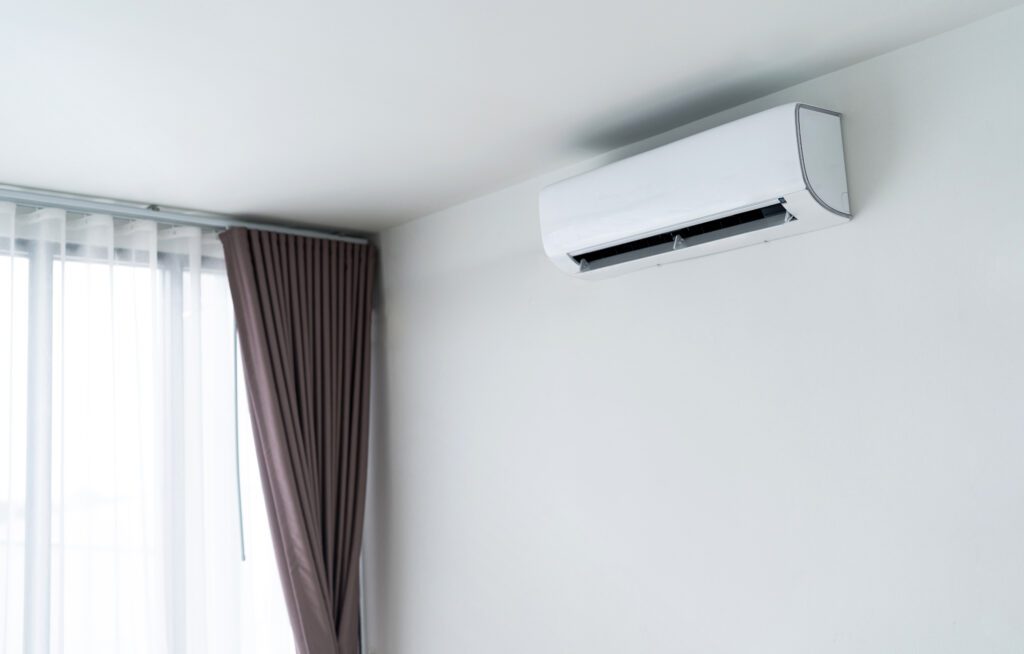
After evaluating the benefits and drawbacks of mini split systems, the next step is determining if this solution is right for your home. This involves balancing the costs and benefits and considering your long-term needs.
Balancing Costs and Benefits
Considering the financial implications of a mini split system versus the long-term savings is essential. While the initial investment can be substantial, the energy savings and potential increase in home comfort can make it worthwhile over time. When calculating expected returns on investment, include factors such as your energy consumption, local climate, and current system efficiency.
It’s also important to think about how often you use certain areas of your home. If you regularly experience hot summers and cold winters where adjusted temperature control is critical, a mini split may prove advantageous.
Considering Your Long-Term Plans
Your home’s future plans should also play a role in your decision. If you anticipate moving in a few years, investing in a mini split system might not yield maximum returns. On the other hand, if you plan to stay long-term, the benefits of increased comfort and lower energy bills can significantly enhance your quality of life.
Additionally, consider if your home will undergo further renovations or expansions, as this could affect your HVAC needs in the future.
Consulting with HVAC Professionals
Finally, consulting with HVAC professionals can provide valuable insights tailored to your specific situation. They can offer recommendations based on your home’s unique characteristics and your preferences for heating and cooling.
A qualified technician can assess your space, take measurements, and discuss potential options, making the selection process smoother and more informed. Be sure to ask questions about efficiency ratings, warranty details, and optimal setups for mini split systems.
In conclusion, a mini split system can be an excellent heating and cooling solution for many homeowners. By understanding its workings, advantages, and potential drawbacks, as well as evaluating your unique needs, you can make an informed decision about whether this technology is the right fit for your home.


